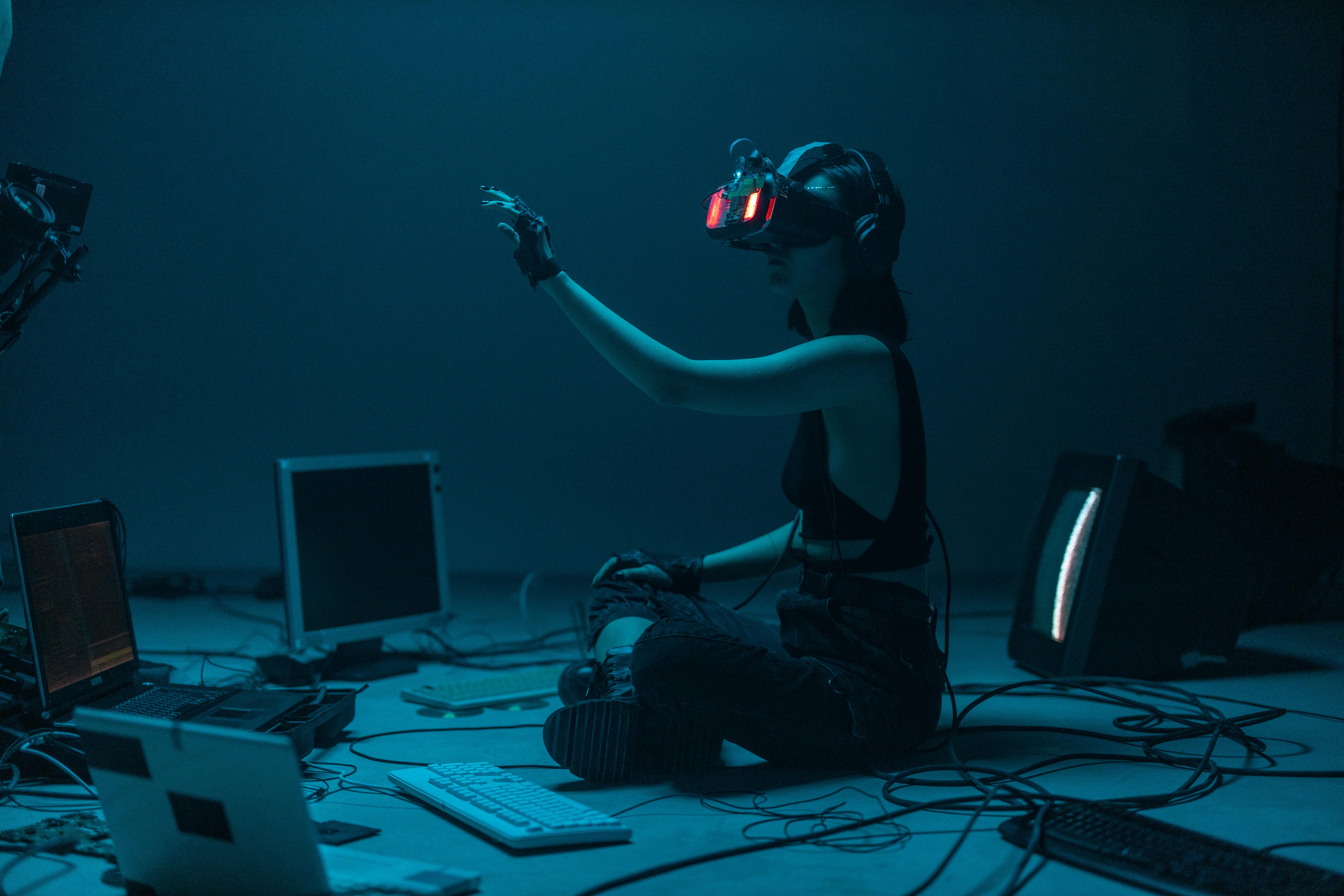Unlocking the Potential of Multimodal AI: A Comprehensive Look at Integrating Sensory Capabilities for Intelligent Solutions

Like humans, artificial intelligence (AI) has the potential to process information from multiple sources for comprehensive understanding and smart decisions. Fundamentally based on human-like learning, artificial intelligence can combine various input types — text, images, audio, etc., typically termed as Multimodal AI. It promises to deliver a more intuitive, reliable, and enriched experience to users by integrating diverse data elements.
Understanding Multimodal AI: The Confluence of Senses
At its core, multimodal AI refers to AI's ability to integrate and analyze information from different input types. This unique technique is akin to how humans combine senses to perceive the world around them. An amalgamation of text, audio, visual data is analyzed for patterns and over-arching trends, giving AI a holistic view of the world. From detecting emotions in voices to identifying objects in images, multimodal AI is redefining artificial intelligence's capabilities.
The Significance of Multimodal AI in Contemporary Applications
With the increasing amount of unstructured data generated every day, traditional unimodal AI falls short in providing comprehensive deciphering and solutions. Here's where multimodal AI steps in, aggregating data from various media sources to better understand context and deliver richer results than ever before.
For example, while single-modal AI can perceive auditory or visual data, it may miss contextual hints that result in inaccurate outputs. Multimodal AI eliminates these lacunae, using technologies like machine learning and deep learning to interpret and act upon diverse inputs effectively.
Utilizing Multimodal AI for Smart Solutions
Multimodal AI is increasingly being adopted in various fields, creating smart solutions for a multitude of challenges. In healthcare, it uses audio, visual, and text data to diagnose health conditions, while in the automobile industry, it is employed for advancements in autonomous driving.
Moreover, it is revolutionizing user experience with the development of intelligent virtual assistants that can understand and respond to voice commands, facial expressions, and gestures simultaneously. In retail, too, multimodal AI helps to personalize shopping experiences, pushing the boundaries of how businesses interact with customers.
Future Prospects of Multimodal AI
As the scope of artificial intelligence expands, multimodal AI holds promising implications for the future. Beyond the current applications, it can extend to domains including security, where multi-sensory inputs could improve threat detection, and education, where it could provide more immersive and interactive learning experiences.
Moreover, picking up subtle cues in conversations can enhance interpersonal transactions, paving the way for advanced communication tools underpinned by empathy, nuance, and intuition.
Despite the technical complexities associated with integrating different forms of data, the evolution of AI algorithms and machine learning models will likely accelerate advancements in multimodal AI. Consequently, multimodal AI is poised to become a cornerstone technology that brings about sophisticated, smart solutions across diverse sectors.
In conclusion, with its ability to replicate human-like perception and response, multimodal AI is transforming the artificial intelligence landscape. Its growth relies on continuous technological evolution and innovative solutions that will take AI capabilities to new heights, aiming for a future where machines understand the world in a manner remarkably similar to humans.



